
Something is happening in Antarctica’s ice waters. And it’s happening out of the public eye, threatening to turn the entire food chain upside down. As climate talks become increasingly heated across Europe, a coalition of green crusaders is alerting us to an unknown threat most people never take a second to consider.
It’s not a whale, not a fish—not even a penguin. But it’s disappearing fast, and when it does, the giants that rely upon it might just disappear too. What’s happening in the Southern Ocean has provoked global interest. About something tiny.
A Crisis Below the Ice

Antarctica’s seas are known for being rich and teeming with life—but lately, that balance is off. Scientists recognize environmental changes that are more than just ordinary seasonal changes.
Something is disrupting the cycles that have endured for thousands of years. Penguins are more sparse. Whales are breaching in unexpected places. The question: does this have something to do with their food sources? And if so, how?
A Tiny Creature, A Giant Role
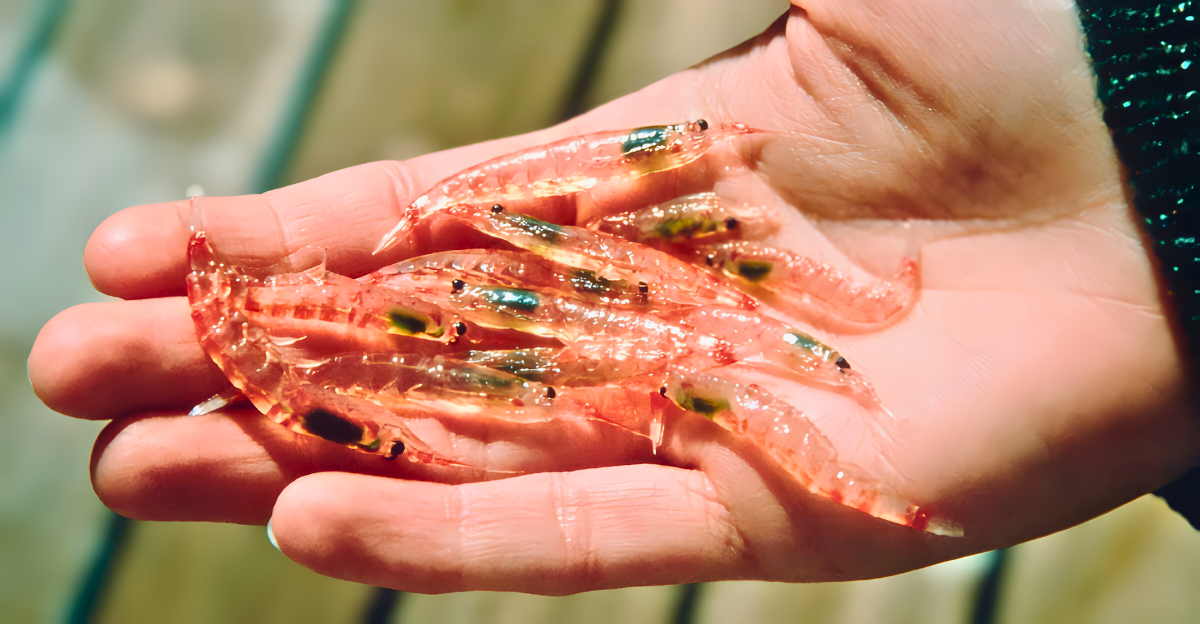
Krill: thumbnail-sized crustaceans that bloom in billions under the ice. They aren’t easily visible—but they are crucial. Almost all major Antarctic animals depend upon them for food, from penguins and seals to great baleen whales. Recently, however, the ocean’s smallest hero has been vanishing in alarming quantities. And it’s not all the fault of climate change.
What the Satellites Saw

The British Antarctic Survey has been monitoring from above. Scientists have observed emperor penguin colonies for the last 15 years using satellite images—and what they’ve seen has stunned them.
Populations fell by a startling 22 percent between 2009 and 2024. Twice as much as the previously estimated loss. The forecast now? Extinction by the turn of the century if things don’t change.
Who’s Competing for Dinner?

It’s not only melting ice that is undermining the food chain. Penguins, petrels, seals, and whales are becoming more competitive for the same diminishing food sources.
And that’s only the tip of the iceberg. Industrial trawlers—giant fishing vessels—are migrating into Antarctic waters in increasing numbers, sucking up hundreds of thousands of tons of krill annually. These vessels don’t pick up leftovers—they take down whole feeding environments.
A Global Market with an Arctic Cost
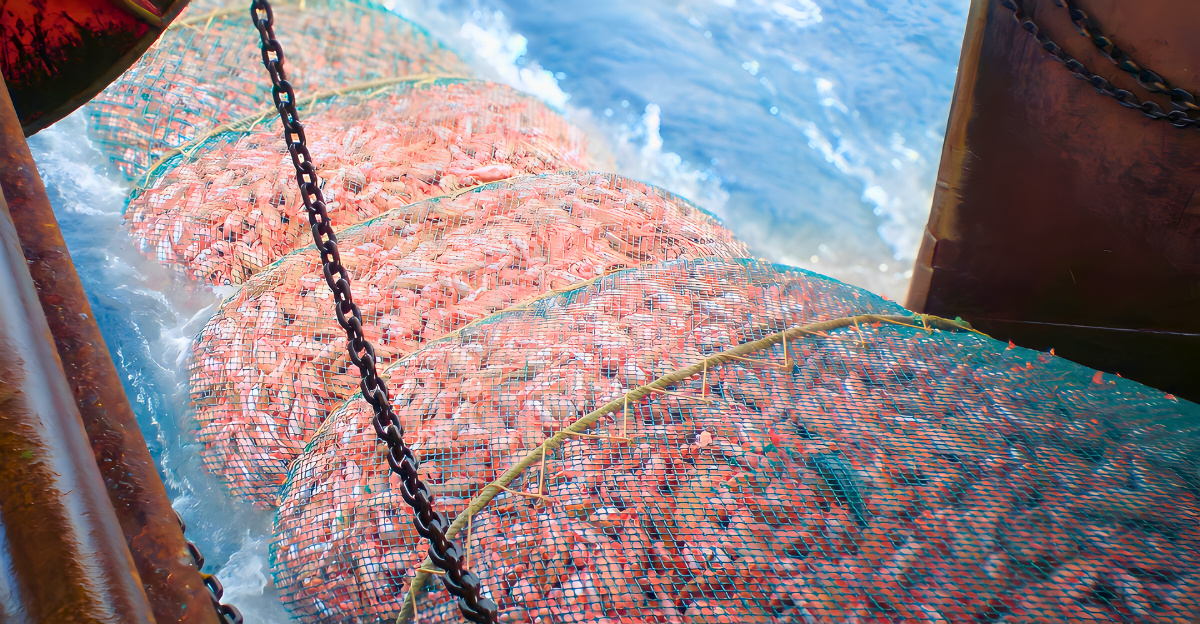
And what happens to this krill? Astonishingly, it’s shipped to unexpected places: as feed for farmed salmon, filler in dog food, and oil in omega-3 capsules. It’s a huge business—with Norway, China, and South Korea demanding much of it, and India’s demand rising sharply. But at what expense?
Enter the Supertrawlers
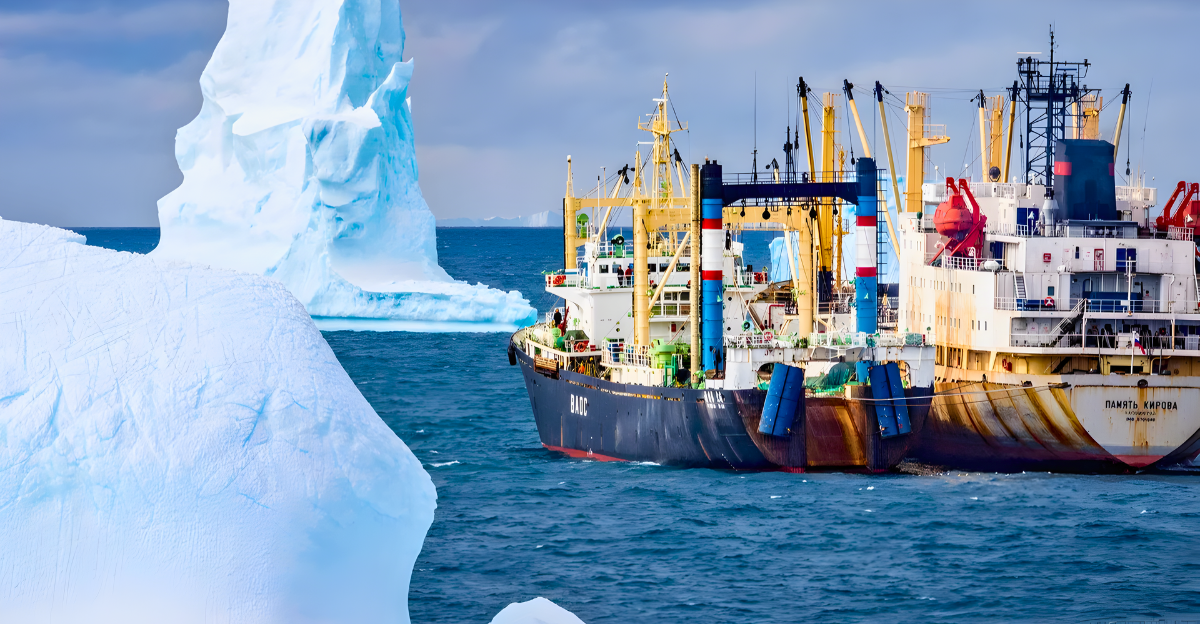
Existing krill fishing is no longer done with nets and dinghies but with supertrawlers. These giant industrial vessels can process krill on board, 24/7 in some of the world’s most fragile oceans.
Nearly half a million metric tonnes were caught in 2024 alone. Five times as much as 2017. And critics continue to say it’s simply unsustainable.
Drawing the Line—Or Not

The Convention for the Conservation of Antarctic Marine Living Resources (CCAMLR) is the global authority charged with safeguarding the region.
It stood firm in the past year against industry lobbying to raise krill quotas from 620,000 tonnes. That’s roughly one percent of the total stock calculated—but greens claim even that is too large.
When Quotas Aren’t Enough

Conservationists say yesterday’s limits are obsolete. With additional pressure from climate stress each year, what was “sustainable” a decade ago may be reckless today.
They’re not even calling for stronger controls anymore—they’re calling for an outright ban. They argue that prudence should trump expense in a planet speeding toward environmental ruin.
The Voices Behind the Push

The new call for a ban on krill fishing is weighed down with heavyweight endorsements. Pen-wielding Benedict Cumberbatch, adventurer Sylvia Earle, filmmaker Andy Mann, and ocean campaigner Paul Watson are just a few who have spoken out.
Joined by groups like the Bob Brown Foundation, they made the plea to the UN Ocean Conference in Nice on behalf of global leaders to act before time runs out.
“An Environmental Crime”
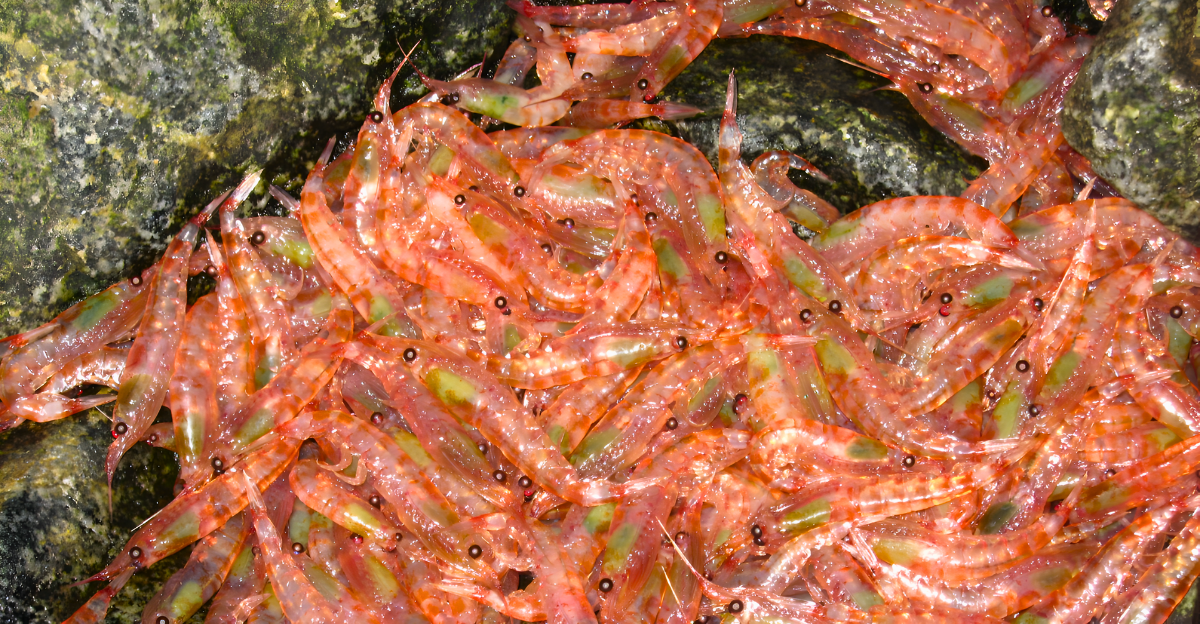
Activists are not being diplomatic. Alistair Allan of the Bob Brown Foundation labeled krill fishing “an environmental crime on our watch.” He suggested that it doesn’t make sense to fatten up farmed fish and domestic pets while preventing Antarctica’s wild giants from feeding and surviving. The argument is not moral but ecological. The Antarctic ecosystem breaks without krill.
Penguins as a Warning Sign

When penguin numbers drop, the alarm sounds for the entire ecosystem’s health. Experts warn that if drastic action isn’t taken, the record-breaking declines of 2009-2024 will be repeated. Their warning: krill are small, but their disappearance will have gigantic ripple effects.
What Comes Next
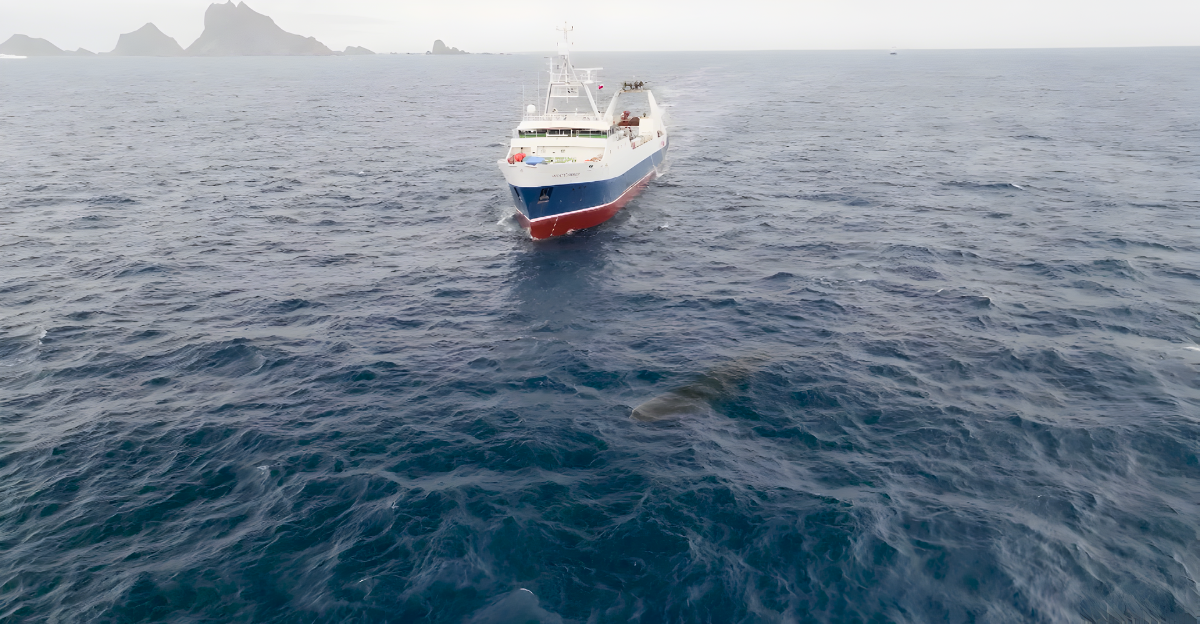
As the UN Ocean Conference talks drag on, the pressure increases. Will short-term industry gains come at the expense of the long-term well-being of one of the planet’s last wild frontiers?
With penguins, whales, and hundreds of other enigmatic species in the balance, the planet is holding its breath. But time, like krill, may be dwindling.
A Fight for the Invisible

This crisis has no dramatic headlines or footage. No charred forests or seared beaches—just unseen losses in frozen seas. But if krill disappear, so might the creatures that rely on them.
And when the foundation of the food web fails, the pinnacle isn’t far behind. The world must act fast to protect the tiny, overlooked inhabitants crucial to the planet’s survival.







